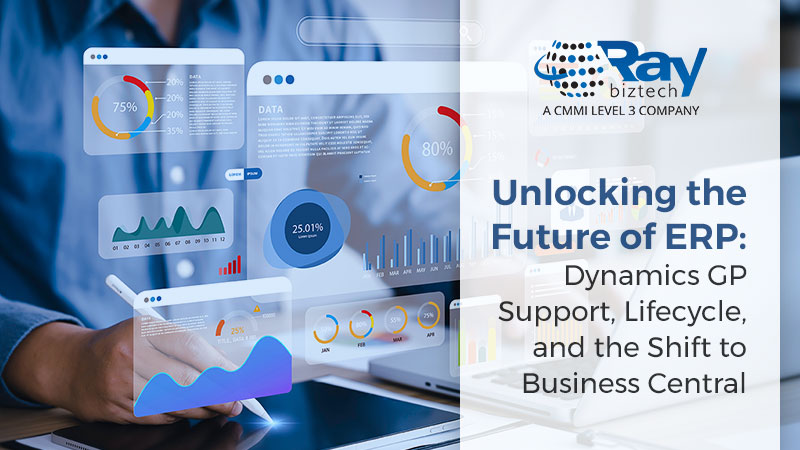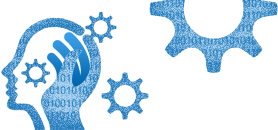Unlocking the Future of ERP: Dynamics GP Support, Lifecycle, and the Shift to Business Central

Microsoft Dynamics GP (Great Plains) has been a reliable and robust ERP solution for many businesses over the years. However, as technology evolves, so do the needs and options for business management software. In this blog, we will delve into Dynamics GP's support lifecycle policies, explore support options available, and compare Dynamics GP with Microsoft's newer offering, Dynamics 365 Business Central (BC).
Understanding Dynamics GP Lifecycle Policies
Microsoft Dynamics GP follows a predictable support lifecycle, which helps organizations plan their upgrades and support needs effectively. Staying informed about these lifecycle policies ensures businesses can maintain optimal performance and security. Additionally, knowing the timelines for support phases allows for strategic planning and smooth transitions to newer systems when necessary.Here's a breakdown of the key elements:
- Mainstream Support: During this phase, Dynamics GP receives regular updates, security patches, and new feature releases. It is the most active phase of the product's lifecycle.
- Extended Support: Once a product exits the mainstream support phase, it enters extended support. This phase focuses on providing security updates and paid support options but does not include new features or improvements.
- End of Life: When a product reaches this stage, it no longer receives any updates or support from Microsoft. Organizations are strongly encouraged to upgrade to a newer version before reaching this phase.
Support Options for Dynamics GP
Businesses using Dynamics GP have several support options to ensure their system runs smoothly:
1. Microsoft Support Plans:
- Premier Support: Offers a comprehensive support package with access to technical experts, proactive services, and rapid response times.
- Unified Support: Designed for enterprises, it provides unlimited technical support, advisory services, and a single point of contact for all Microsoft products.
- Community and Self-Help Resources: The Dynamics GP community is extensive, featuring numerous forums, user groups, and online resources. These resources are invaluable for troubleshooting issues and learning best practices.
Comparing Dynamics GP and Dynamics 365 Business Central
As businesses grow and their needs change, they often consider upgrading or switching to a more modern ERP solution. Dynamics 365 Business Central (BC) is Microsoft's latest offering in the ERP space, and it brings several advantages over Dynamics GP. Here's a comparative look:
1. Cloud-Based vs. On-Premises:- Dynamics GP: Traditionally an on-premises solution, though it can be hosted in the cloud by partners.
- Business Central: A true cloud-based solution, offering the flexibility of accessing data from anywhere and benefiting from regular, automatic updates.
- Dynamics GP: Integration with other Microsoft products and third-party applications is possible but can require additional effort.
- Business Central: Seamlessly integrates with other Microsoft 365 products (e.g., Office 365, Power BI) and scales easily with business growth due to its cloud infrastructure.
- Dynamics GP: Known for its rich feature set but can have a steeper learning curve and less modern user interface.
- Business Central: Designed with a user-friendly interface, intuitive navigation, and enhanced accessibility through mobile and web applications.
- Dynamics GP: Typically involves upfront licensing costs and additional fees for upgrades and support.
- Business Central: Operates on a subscription-based model, which can be more predictable and often lower in total cost of ownership over time.
Making the Transition: Factors to Consider
For businesses considering a move from Dynamics GP to Business Central, several factors should be weighed:
- Current Needs and Future Growth: Assess whether the current capabilities of Dynamics GP meet your business needs and how Business Central might better support future growth.
- Cost Implications: Evaluate the total cost of ownership, including subscription fees, implementation costs, and potential savings from improved efficiencies.
- Customization and Flexibility: Assess the extent of customization your business processes require and how readily each system can meet these needs.

